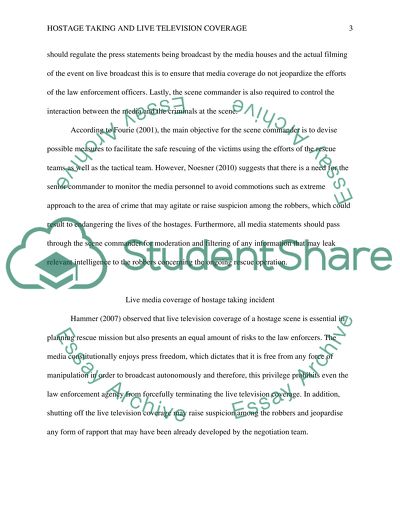Cite this document
(“Hostage Taking and Live Television Coverage Essay”, n.d.)
Hostage Taking and Live Television Coverage Essay. Retrieved from https://studentshare.org/history/1477913-terrorism-course
Hostage Taking and Live Television Coverage Essay. Retrieved from https://studentshare.org/history/1477913-terrorism-course
(Hostage Taking and Live Television Coverage Essay)
Hostage Taking and Live Television Coverage Essay. https://studentshare.org/history/1477913-terrorism-course.
Hostage Taking and Live Television Coverage Essay. https://studentshare.org/history/1477913-terrorism-course.
“Hostage Taking and Live Television Coverage Essay”, n.d. https://studentshare.org/history/1477913-terrorism-course.


